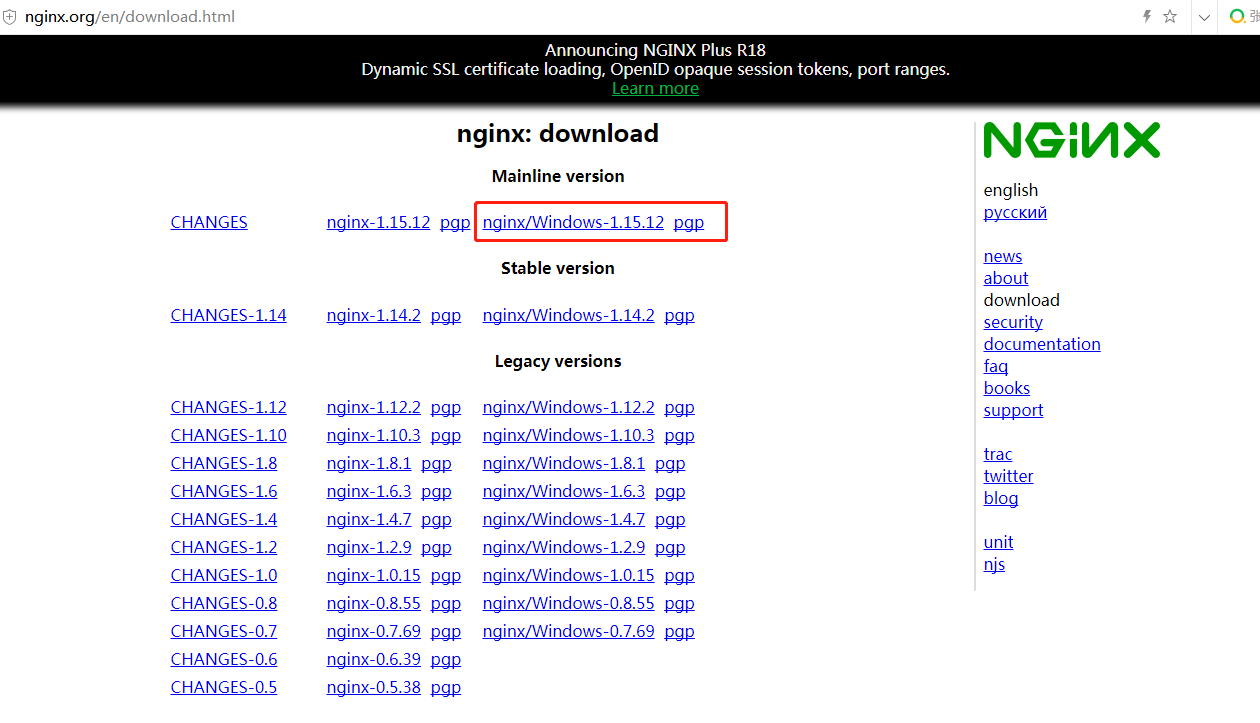The first step is to download tomcat and configure the multi tomcat running environment;
① download tomcat, extract two copies to D:\tomcats directory, and rename them:
tomcat_8080
tomcat_8090
② replace the Catalina home in startup.bat and catalina.bat under the bin directory of tomcat_withcatalina home
③ replace the Catalina home in the startup.bat and catalina.bat under the bin directory of tomcat_withcatalina home
④ configure system environment variables
Variable name Catalina home variable value: D: \ Tomcats \ Tomcat
Variable name Catalina home variable value: D: \ Tomcats \ Tomcat 8090
⑤ modify three places of server.xml under the conf directory of tomcat_
<Server port="8005" shutdown="SHUTDOWN"> <Connector port="8080" protocol="HTTP/1.1" connectionTimeout="20000" redirectPort="8443" /> <Connector port="8009" protocol="AJP/1.3" redirectPort="8443" />
⑥ modify three places of server.xml under the conf directory of tomcat_
<Server port="8006" shutdown="SHUTDOWN"> <Connector port="8090" protocol="HTTP/1.1" connectionTimeout="20000" redirectPort="8443" /> <Connector port="8010" protocol="AJP/1.3" redirectPort="8443" />
Step 2 download nginx and configure the nginx running environment
① download the window version of nginx
② configure the nginx.conf file under the conf of nginx
#Running user
#user nobody;
#Number of open processes < = number of CPUs
worker_processes 1;
#Error log save location
#error_log logs/error.log;
#error_log logs/error.log notice;
#error_log logs/error.log info;
#pid logs/nginx.pid;
#Waiting events
events {
#Open under Linux to improve performance
#use epoll;
#Maximum connections per process (maximum connections = connections x processes)
worker_connections 1024;
}
http {
#File extension and file type mapping table
include mime.types;
#Default file type
default_type application/octet-stream;
#The output format of log file is similar to the global setting
#log_format main '$remote_addr - $remote_user [$time_local] "$request" '
# '$status $body_bytes_sent "$http_referer" '
# '"$http_user_agent" "$http_x_forwarded_for"';
#Request log save location
#access_log logs/access.log main;
#Open send file
sendfile on;
#tcp_nopush on;
#keepalive_timeout 0;
keepalive_timeout 65;
#Open gzip compression
#gzip on;
#Configure a load balancing group
upstream mytomcats {
server 192.168.0.119:8080;
server 192.168.0.119:8090;
}
#First virtual host
server {
listen 80;
server_name 192.168.0.119;
charset utf-8;
location / {
root test;
index index.jsp; #Set default page
proxy_pass http://mytomcats;
deny 127.0.0.1; #Rejected ip
allow 192.168.0.119; #Permissible ip
}
error_page 500 502 503 504 /50x.html;
}
}
Third, create a Dynamic Web Project and deploy it to Tomcat and Tomcat. The index.jsp page is as follows:
<%@ page language="java" contentType="text/html; charset=UTF-8" pageEncoding="UTF-8"%> <% String path = request.getContextPath(); String basePath = request.getScheme() + "://" + request.getServerName() + ":" + request.getServerPort()+ request.getContextPath(); %> <!DOCTYPE html PUBLIC "-//W3C//DTD HTML 4.01 Transitional//EN" "http://www.w3.org/TR/html4/loose.dtd"> <html> <head> <meta http-equiv="Content-Type" content="text/html; charset=UTF-8"> <title>Load balancing test-8080</title> </head> <body> <p>8080 service</p> </body> </html>
<%@ page language="java" contentType="text/html; charset=UTF-8" pageEncoding="UTF-8"%> <% String path = request.getContextPath(); String basePath = request.getScheme() + "://" + request.getServerName() + ":" + request.getServerPort()+ request.getContextPath(); %> <!DOCTYPE html PUBLIC "-//W3C//DTD HTML 4.01 Transitional//EN" "http://www.w3.org/TR/html4/loose.dtd"> <html> <head> <meta http-equiv="Content-Type" content="text/html; charset=UTF-8"> <title>Load balancing test-8090</title> </head> <body> <p>8090 service</p> </body> </html>
Fourth, start Tomcat and tomcat, input 192.168.0.119/test/index.jsp in the browser, and refresh to see the output results:
For "8080 service" and "8090 service".
Summary: the simulation application load balancing is completed.